
Driver misclassification is not a new problem as part of trucking regulations. If a driver fills the role of a company driver, but the employer pays them with a 1099 as an independent contractor, there’s a problem. That driver is likely misclassified, an error that employers can face serious consequences for. Recent Legislation, such as the PRO Act, was developed to help combat driver misclassification. Unfortunately, it also effectively eliminates the owner operator business model. Here’s what you need to know about the state of the PRO Act in Congress and driver misclassification.
What Is the PRO Act?
If you follow political or legal developments in trucking regulations, you’ve likely been following the PRO Act. This bill, formally known as the Protecting the Right to Organize Act, intends to protect workers from unethical employment practices, but it has alarming consequences for the owner operator business model. The PRO Act is similar to California’s Assembly Bill 5 (AB5), and it sets very specific criteria for gig workers. Unfortunately, in trucking, this also applies to owner operators.
Under the PRO Act, for a company to employ an independent contractor (like an owner operator), the partnership must pass an ABC test. According to the PRO ACT, an independent contractor must meet the following criteria:
“(A) the individual is free from control and direction in connection with the performance of the service, both under the contract for the performance of service and in fact;
(B) the service is performed outside the usual course of the business of the employer; and
(C) the individual is customarily engaged in an independently established trade, occupation, profession, or business of the same nature as that involved in the service performed.”
As part of trucking regulations, the B prong is usually the hardest to satisfy. Section B requires that independent contractors must be doing work outside of the scope of normal business. Unfortunately, in an owner operator model, those drivers are at the heart of a successful operation. Trucking experts are raising concerns that the PRO Act may effectively eliminate the current owner operator model. To date, the PRO Act has passed in the House of Representatives but has not made it to the Senate floor for discussion yet.
What Is the PRO Act Trying to Solve?
 Many trucking regulations experts are strongly opposed to the PRO Act, but there is an underlying problem that this Act brings to the surface. The PRO Act tries to prevent companies from “employing” workers without offering benefits AKA misclassifying drivers. In many cases, this pushes the cost burden to the individual driver. However, owner operators are business owners, and many enjoy the freedom, income potential, and flexibility that comes with their role.
Many trucking regulations experts are strongly opposed to the PRO Act, but there is an underlying problem that this Act brings to the surface. The PRO Act tries to prevent companies from “employing” workers without offering benefits AKA misclassifying drivers. In many cases, this pushes the cost burden to the individual driver. However, owner operators are business owners, and many enjoy the freedom, income potential, and flexibility that comes with their role.
While the owner operator model works well for many truck drivers and carriers, driver misclassification is still prevalent in the industry. Misclassified drivers include those who earn pay as independent contractors and do not have guaranteed work but work like company drivers. There is a difference between owner operators who run under their own authority and misclassified truck drivers, however, the PRO Act includes both.
What Is Driver Misclassification?
Driver misclassification occurs when fleets try to pay company drivers as independent contractors. By classifying company drivers as 1099 employees, carriers illegally avoid paying full benefits to their drivers. Owner operators are a different business model. They are independent contractors. True owner operators run their own business. They partner with carriers based on a mutually agreeable contract and may run for multiple carriers simultaneously.
If you are uncertain about the appropriate driver classification for your fleet, there are ways to check.
Does the driver:
- Do their job under their own direction? For example, can drivers refuse loads if it doesn’t meet their criteria?
- Pay lease, maintenance, and insurance costs? Have proof of vehicle registration in their name?
- Have the ability to work for another company?
If you said “no” to any of these questions, you are employing a company driver. In that case, the driver should earn pay as a W2 employee and be eligible for benefits.

Brian Dershaw, Partner at Taft Law
We spoke with Brian Dershaw, Partner at Taft Law, and he shared Taft’s response to companies with concerns about misclassification:
“In many instances, contractor classification may be an essential component of the company; the consequences of misclassification could be detrimental. With that in mind, we continuously navigate the federal and state tests in this area. This includes guiding clients in ways to maintain their independent contractor classification and, if appropriate, advising on the transition to an employer-employee model.”
Paying a company driver as a 1099 employee is illegal and can lead to serious consequences, but there are legal resources, such as Taft Law or other firms, that can help.
What Are the Penalties for Driver Misclassification?
The legal ramifications for driver misclassification can vary based on the situation. In some cases, the company is required to pay back the money owed to the driver based on the loss of income and benefits. In severe cases, companies may face additional fines or time if the misclassification is found to be deliberate.
When asked about driver misclassification penalties, Taft Law’s Brian Dershaw, shared:
“If an employee is misclassified as an independent contractor, that can raise serious issues across the employment spectrum. These include wage and hour issues such as overtime under the FLSA and state laws, unemployment compensation, workers’ compensation, health insurance benefits, and employee-specific anti-discrimination and leave laws (e.g., ADA, Title VII, ADEA, and FMLA). Misclassification can result in steep financial penalties and other damages.”
Misclassifying drivers as independent contractors when their role is as a company driver is a serious offense. The PRO Act may not be an effective solution to driver misclassification in the trucking industry because of its reaching consequences for owner operators. However, driver misclassification is a serious problem, and carriers should take immediate action to rectify any misclassification in their fleet to avoid legal consequences.
STAY UPDATED ON INDUSTRY TRENDS AND BEST PRACTICES
Join our community of thousands of employers who receive our updates.


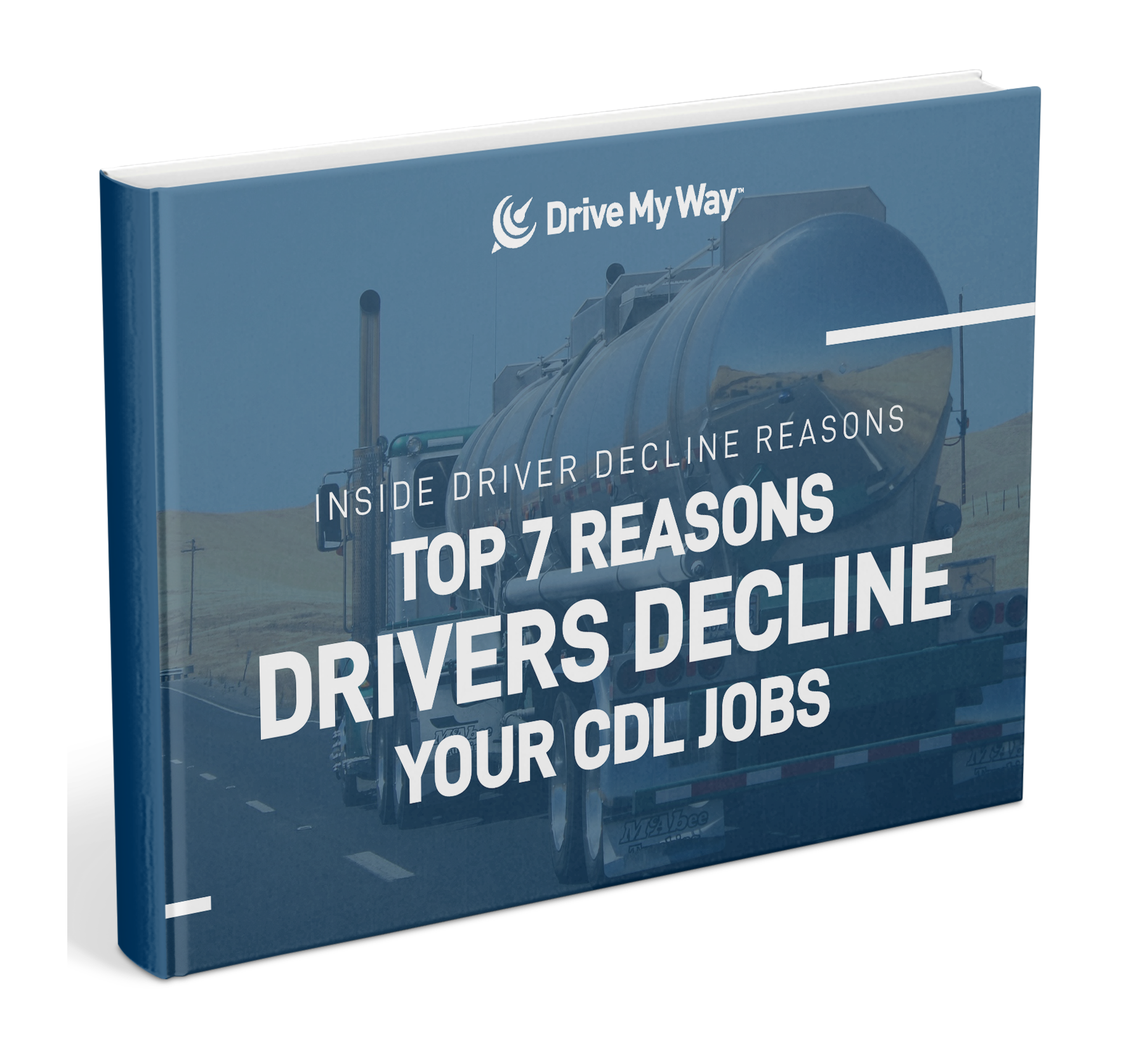

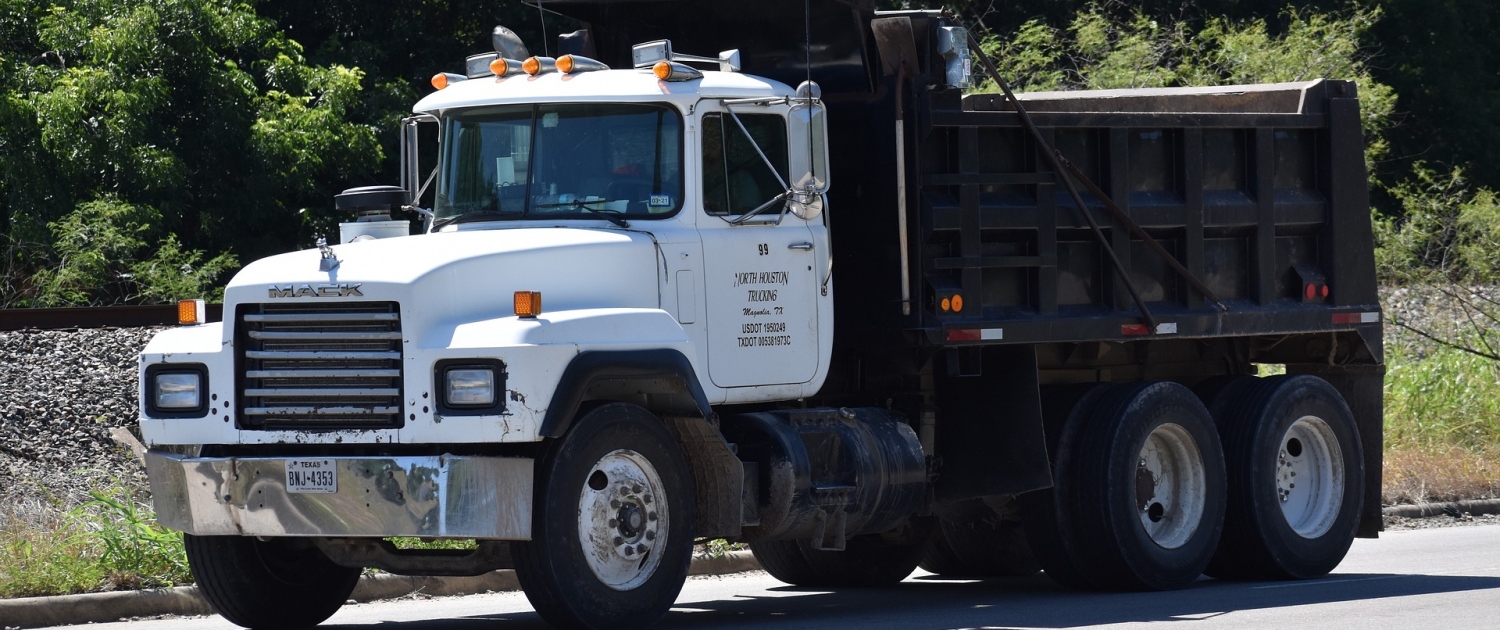



 These are often two of the most important factors for regional drivers. Many regional drivers prioritize more home time and are willing to take a slight pay cut if they were at an OTR position. Regional jobs can be the
These are often two of the most important factors for regional drivers. Many regional drivers prioritize more home time and are willing to take a slight pay cut if they were at an OTR position. Regional jobs can be the  While they don’t spend weeks on the road at a time, regional drivers still spend a lot of time in their cab. That means that
While they don’t spend weeks on the road at a time, regional drivers still spend a lot of time in their cab. That means that 
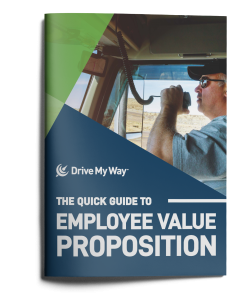

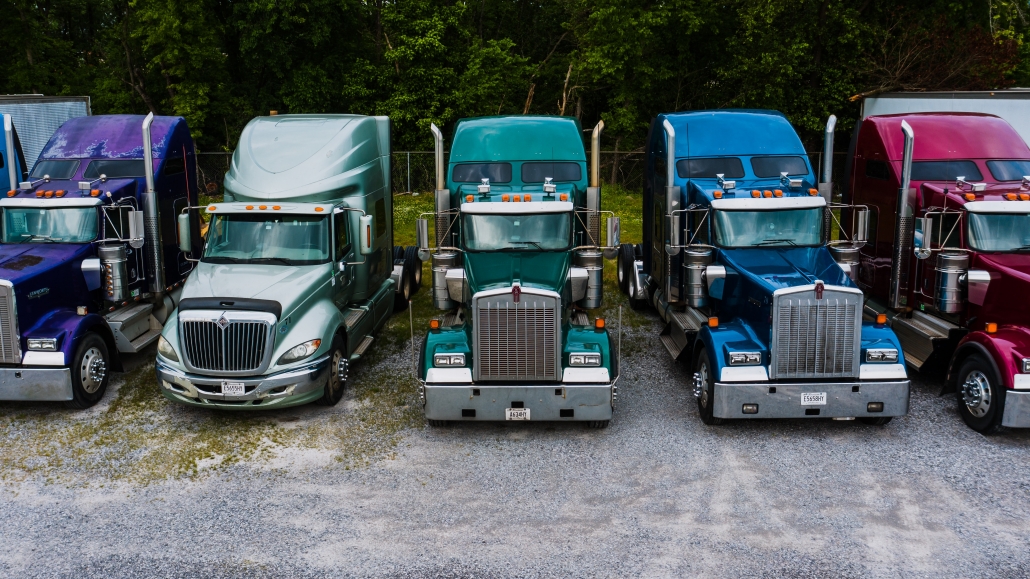



 Driver orientation and onboarding is about more than information sharing from your company. It’s also when drivers meet their peers and supervisors. It’s hard to replace this kind of natural networking in remote onboarding. Video calls, social networks, and personal phone calls or emails all help bridge the gap.
Driver orientation and onboarding is about more than information sharing from your company. It’s also when drivers meet their peers and supervisors. It’s hard to replace this kind of natural networking in remote onboarding. Video calls, social networks, and personal phone calls or emails all help bridge the gap. 

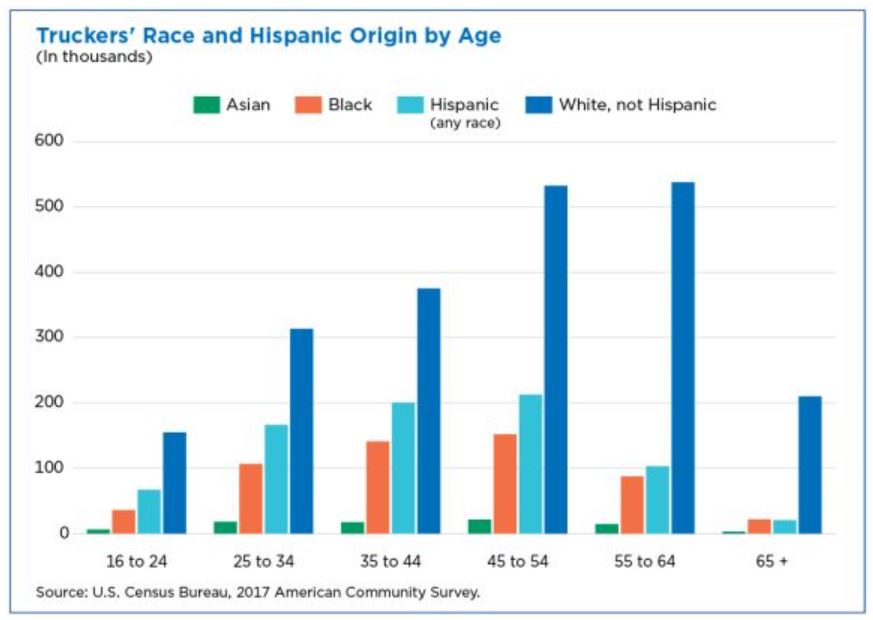



 To successfully use behavioral interviewing, there are a few steps. First, review a competency chart. Then, identify the competencies that are most important to successfully doing the jobs you have open. For all truck drivers, planning, problem-solving, and time management are likely to be high on your list.
To successfully use behavioral interviewing, there are a few steps. First, review a competency chart. Then, identify the competencies that are most important to successfully doing the jobs you have open. For all truck drivers, planning, problem-solving, and time management are likely to be high on your list.  Everyone wants to sound their best during an interview, and it’s natural for humans to be selective in their storytelling. It’s all too easy for a candidate to embellish or stretch the truth when talking about themselves. Unfortunately, as an interviewer, this makes your job very difficult. Even a well-meaning enhancement of what a driver
Everyone wants to sound their best during an interview, and it’s natural for humans to be selective in their storytelling. It’s all too easy for a candidate to embellish or stretch the truth when talking about themselves. Unfortunately, as an interviewer, this makes your job very difficult. Even a well-meaning enhancement of what a driver 


 Developing trust with drivers requires a significant investment of time. Building a relationship with drivers takes multiple touchpoints, ideally on their schedule. That may mean making time during evenings or weekends to speak with drivers. In conversations with prospective drivers, be clear early on about pay, hours, home time, and other key details. Your total number of driver leads may decrease as a result, but it’s worth it. As a result, you will
Developing trust with drivers requires a significant investment of time. Building a relationship with drivers takes multiple touchpoints, ideally on their schedule. That may mean making time during evenings or weekends to speak with drivers. In conversations with prospective drivers, be clear early on about pay, hours, home time, and other key details. Your total number of driver leads may decrease as a result, but it’s worth it. As a result, you will 



